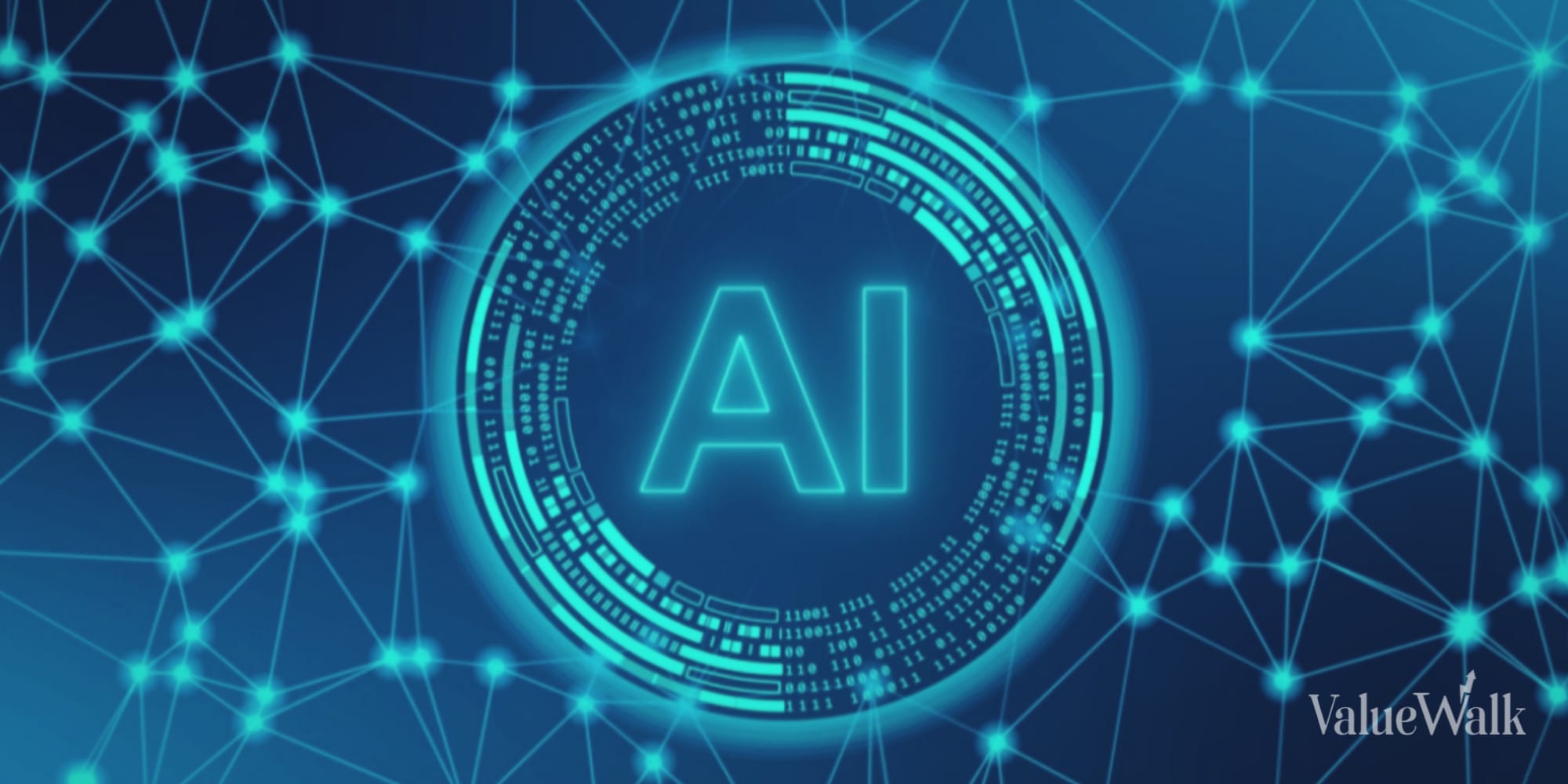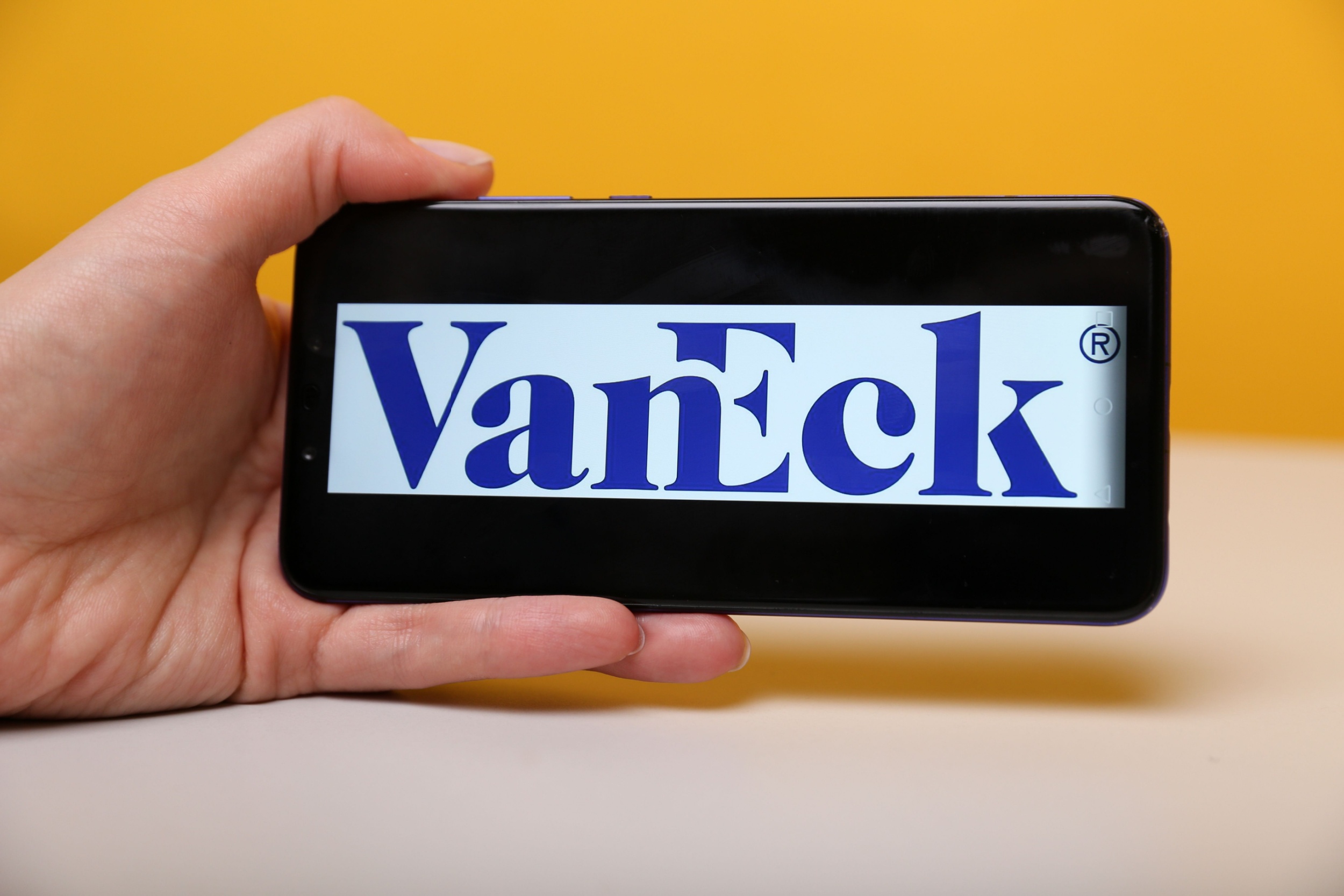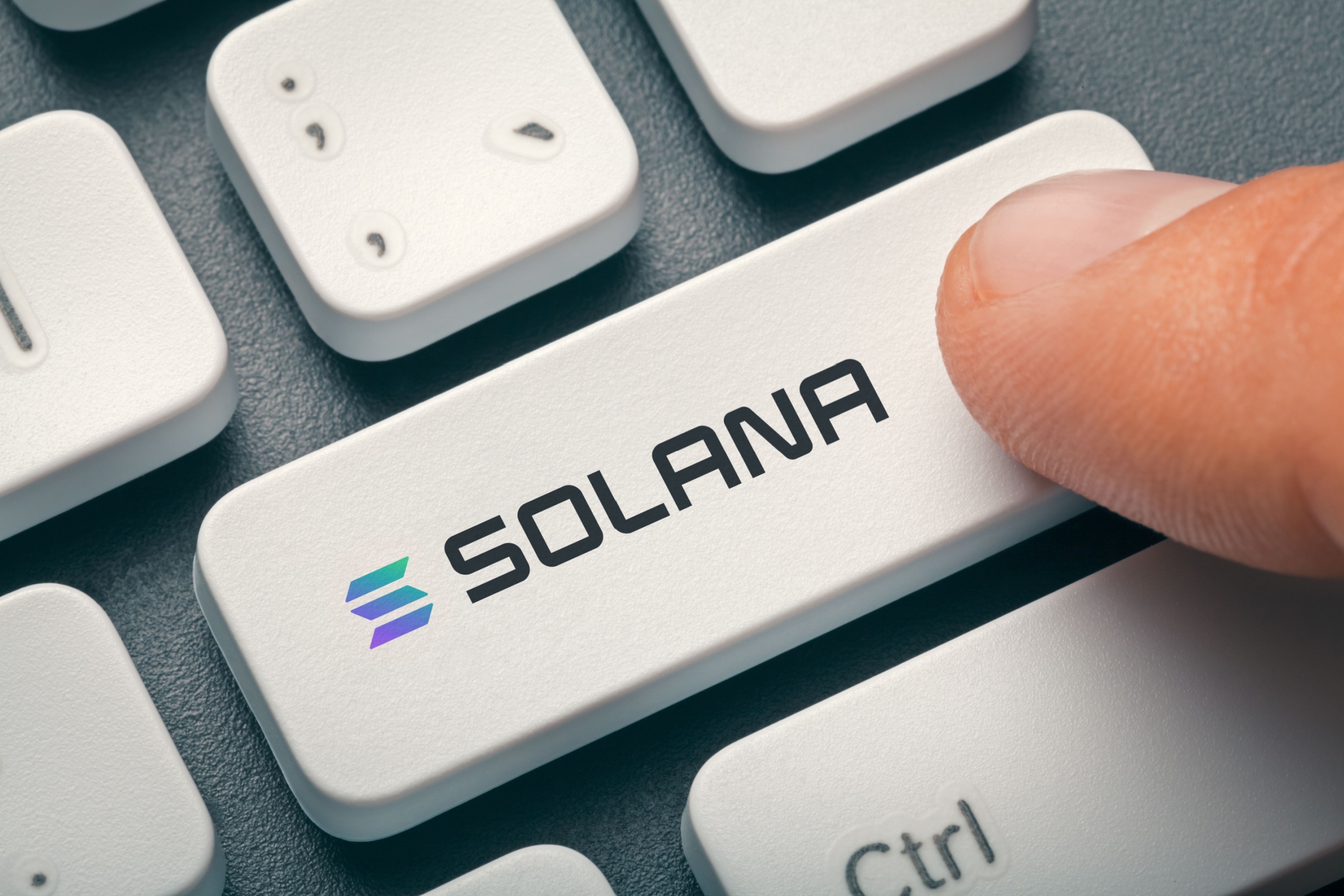Breaking down three popular narratives leading the crypto AI boom
AI-adjacent cryptocurrencies look set to be one of the dominant narratives in cryptocurrency this year. Thus, it’s no surprise that as artificial intelligence captures the attention of venture capitalists, retail investors, and nearly anyone with a computer, the crypto industry wants in, especially given that many AI stocks like NVIDIA have already boomed and retail investors are looking for new ways to gain exposure to the market.
AI cryptocurrencies give retail investors a way to speculate on the wider AI narrative through smaller-cap assets that still have the potential to for considerable growth — whether it’s warranted or not. Let’s take a look at what the industry is promising, which cryptocurrencies are set to benefit, and which one promises to solve the industry’s trillion-dollar problem.
Solving the chip shortage with crowdsourced computing power
The strongest case for combining blockchain-based systems with AI may be crowdsourced computing. This model uses a peer-to-peer system which connects computing power (GPUs, CPUs and storage) with engineers who need to train their machine-learning models.
Given the growing lead times on chip orders in 2023 despite slowing demand, a chip shortage seems likely in 2024. Contract electronics manufacturer Jabil said the lead time for non-automotive chips was about 35 weeks — longer than before the pandemic.
For high-end and automotive chips, lead times were even longer, ranging from 52 to 78 weeks. If those lead times continue to lengthen and result in a chip shortage in 2024, an Airbnb-type of model for resources may be just what the industry needs.
Projects like the Golem Network (GNT), which began in 2016, offer a distributed network of computing power that can be rented via its marketplace. It uses a blockchain to track usage, invoicing, and payments, which are settled in the network’s own GLM token.
Since the network’s launch in July 2021, it has seen sustained support, with several hundred providers available at any given time. As for usage, at the time of writing, there were about 155 providers computing a task, demonstrating that this type of solution has sustainable demand.
Following in Golem’s footsteps is Render (RNDR) which aims to “democratize GPU cloud rendering.” Despite not having an active product yet, it is the largest AI-adjacent cryptocurrency by market capitalization, valued at around $500 million.
Other notable projects in this category include Akash (AKT), Gensyn and Ritual.
AI Agents and The Internet Of Things
Another compelling argument for cryptocurrency is AI Agents, which are programs that users can interact with using natural-language prompts to ask them to perform certain tasks. While still an emerging field, they can already be used to help with everyday tasks like ordering groceries, booking flights and helping the kids with their homework.
Because AI agents are in the digital realm, they need access to digital payments and infrastructure to support their actions. This makes cryptocurrencies a natural fit, serving as the secure payment rails for AI agents.
AI agents can also be hosted on a blockchain as a smart contract, which means they can be naturally integrated within the payments system. This also provides censorship resistance, which is contrary to a platform like ChatGPT.
On-chain agents are already gaining traction amongst traders, who are utilizing AI trading bots to automate their trading, farm airdrops and snipe new DEX listings.
Another way to implement automated payments and AI is within the Internet Of Things. IoT refers to an interconnected network of smart devices like home-automation systems, cars and everyday consumer technology.
For better or worse, these devices may want to transact autonomously with each other or the wider economy. For instance, a printer could be allowed to order ink off Amazon when it detects that its ink is low, or a car could book itself in for an annual service.
Again, the IoT needs a secure layer for transactions, which can be serviced by blockchain-based solutions and cryptocurrencies for payment. Some cryptocurrencies that are aiming to service this market include IOTA (IOTA), Fetch.ai (FET), SingularityNET (AGIX) and Jasmy (JASMY).
Data ownership and rights
A major controversy currently shadowing large language models (LLMs) is the training data they use. There have been several accusations of LLMs being trained on data without the owner’s permission — in breach of copyright laws.
This includes property like digital artwork, social media profiles and comments, and works by authors and journalists. The situation has created a legal quagmire that has seen the likes of OpenAI and Microsoft sued by copyright holders.
A potential solution is blockchains, which provide a very neat way of tracking data provenance. By their very nature, they record every transaction on an immutable and publicly verifiable database. Better yet, they have built-in payment networks that allow for automated, efficient payments of royalties to data providers.
For instance, someone using a decentralized social network (DeSoc) like Farcaster (think of it as Twitter meets Reddit) could opt in to sell their data (posts, likes, photos, etc.) to a specific LLM or a marketplace of buyers. Contributions would be clearly defined, and payouts could be handled in real time.
This also provides an edge for DeSoc networks over incumbents like Meta and Reddit, which sell user data without compensating their users.
With data sovereignty becoming an increasingly popular narrative, this sort of blockchain-based tooling could easily see applications moving beyond AI and into domains like advertising, research and privacy.
It’s crypto, it’s AI – what more do you need?
Cryptocurrency markets thrive on speculation. There isn’t always the need for fundamentals or real-world use cases when determining whether or not a cryptocurrency is poised to do well. Sometimes simply being adjacent to a trending industry like AI is enough to propel a category of cryptocurrencies into the stratosphere.
Just look at what happened in the run-up to NVIDIA’s flagship GTC conference in March. Top AI-adjacent cryptocurrencies by market cap, such as RNDR, TAO, NEAR and FET, saw double-digit growth that outpaced the wider market, simply because of their perceived proximity to the wider AI industry.
Thus, regardless of whether or not you believe that decentralized technologies have a place within the wider AI industry, the crypto-AI narrative looks set to succeed.





